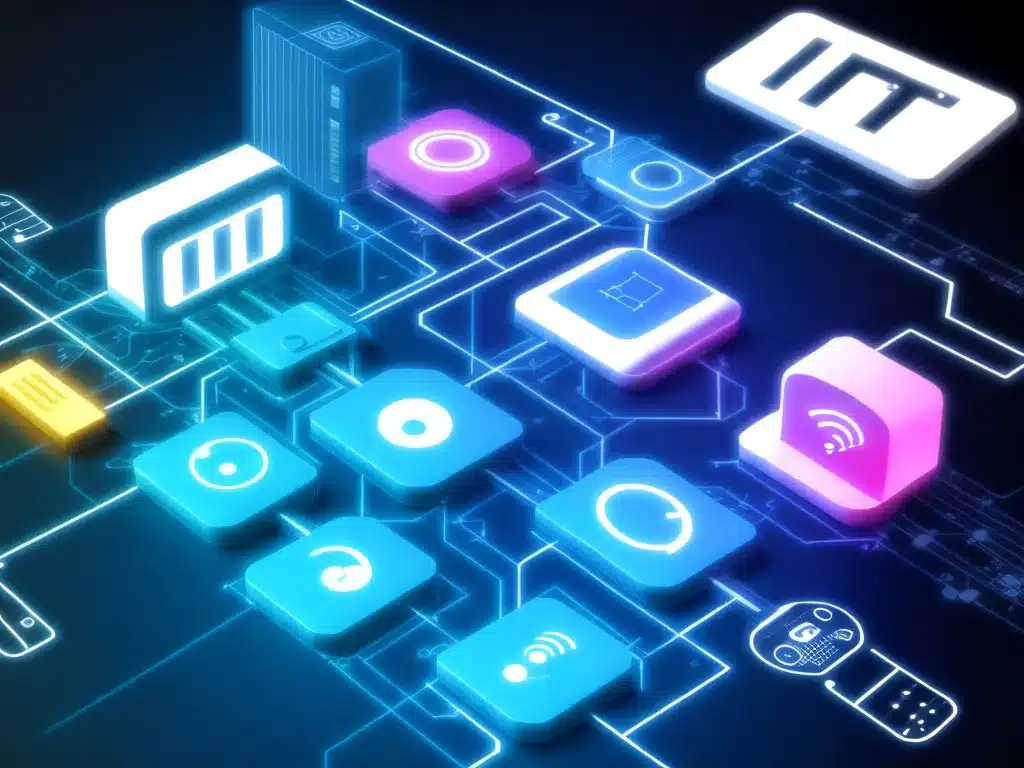
Real-World IoT Case Studies
The Internet of Things (IoT) is transforming businesses and industries around the world. By connecting devices and assets to the internet, organizations can collect data, automate processes, and create innovative solutions. Here are some real-world examples of how companies are leveraging IoT today:
Improving Efficiency in Manufacturing
IoT sensors and automation are enabling manufacturers to optimize production lines and supply chains.
-
General Electric installed sensors on factory equipment at its Brilliant Factory in Grove City, PA. The sensors track vibration, temperature and other data points, allowing GE to catch potential issues before they cause downtime. This has increased output by 25%.
-
John Deere embedded sensors in its agricultural equipment to track machine health and performance. This allows farms to schedule predictive maintenance and maximize uptime during critical planting/harvesting periods.
-
Siemens used IoT devices to digitize and automate a motor assembly line. This reduced machine downtime by 30-50% and cut production costs by 10-20%.
Enhancing Transportation & Logistics
IoT is being leveraged across the transportation sector to improve safety, efficiency, and asset monitoring.
-
Maersk equipped its refrigerated containers with IoT sensors to continuously track cargo conditions like temperature and humidity. This reduces food spoilage during shipping.
-
Tesla built IoT connectivity into all its vehicles. Tesla uses telemetry data to diagnose issues, push over-the-air software updates, and even track vehicle statistics for insurance purposes.
-
UPS attached IoT sensors to its fleet of delivery trucks. The sensors monitor everything from tire pressure to engine performance. Preventative maintenance has reduced breakdowns by 15%.
Creating Smarter Infrastructure
Cities and facilities managers are using IoT to optimize energy use, traffic patterns, and resource allocation.
-
The Port of Hamburg implemented an IoT traffic management system. Sensors monitor truck queues and enable port operators to guide vehicles, reducing wait times by up to 30%.
-
Singapore deployed an IoT sensor network across the city’s parking infrastructure. Drivers can view real-time parking availability and rates, cutting congestion caused by parking searches.
-
Dallas, TX installed interactive IoT water meters that detect leaks and track usage. Citizens can also monitor their consumption via an online dashboard. The meters saved Dallas $1.5 million in the first year.
Enabling Emerging Business Models
IoT creates opportunities for products to be sold “as-a-service” and enables companies to monetize data.
-
Kaeser Compressors sells “compressed air-as-a-service” by installing IoT sensors in customers’ facilities. The data is used to optimize efficiency and Kaeser charges based on output versus equipment sales.
-
John Deere analyzes agricultural IoT data to provide insights to farmers on optimizing crops and machinery. This creates a feedback loop that adds value for customers.
-
Philips sells lighting-as-a-service. IoT connected LED systems are installed in facilities and clients pay a monthly fee based on energy usage.
In summary, IoT delivers powerful business benefits across industries – from boosted efficiency to new revenue streams. As sensor costs continue to decline, IoT integration will only accelerate. Companies need real-world strategies and use cases to guide their IoT journeys.












